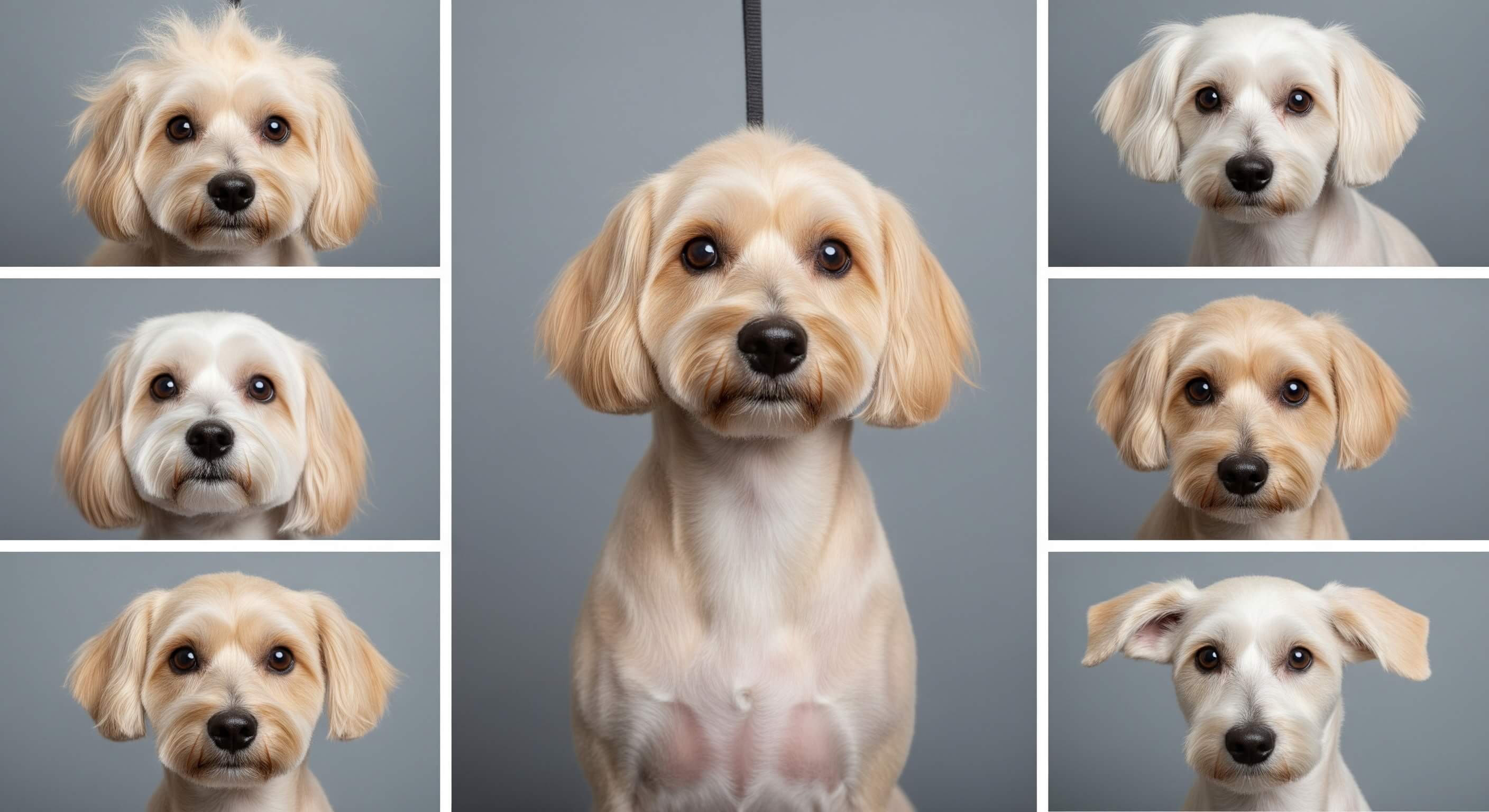Grooming your dog is more than just keeping them looking cute — it’s vital for their health and happiness. But it’s easy to slip up, especially if you’re new to dog care. As a certified pet blogger and content strategist, I’ve gathered vet-approved tips to help you avoid common dog grooming mistakes and keep your furry friend looking and feeling their best.
Why Proper Grooming Matters
Grooming isn’t just about appearance; it helps prevent infections, skin issues, and discomfort. Plus, it’s a wonderful way to bond with your dog.
Top 10 Dog Grooming Mistakes to Avoid
- Skipping Regular Brushing
Neglecting brushing leads to mats, tangles, and skin problems. Aim to brush your dog based on their coat type daily or weekly. - Using Human Shampoo
Human shampoos can irritate your dog’s skin. Always use a vet-recommended dog shampoo that suits your dog’s skin type. - Ignoring Nail Care
Overgrown nails can cause pain and walking issues. Regularly trim nails or seek professional help to avoid injury. - Bathing Too Frequently
Bathing too often strips natural oils, drying out skin and coat. Typically, once a month or as advised by your vet is best. - Not Checking Ears
Dirty or infected ears can lead to serious problems. Clean ears gently with vet-approved solutions and check weekly. - Improper Haircuts
Cutting too close or unevenly can cause skin damage or discomfort. If unsure, consult a professional groomer. - Ignoring Dental Care
Bad breath or tartar buildup affects overall health. Incorporate teeth brushing into your grooming routine. - Rushing the Grooming Process
Hurrying can stress your dog and lead to accidents. Take your time, reward calm behavior, and make grooming a positive experience. - Using Unsafe Tools
Dull scissors or clippers can hurt your dog. Invest in quality grooming tools and replace blades regularly. - Neglecting to Inspect Skin
Regularly check for lumps, bumps, or irritation to catch health issues early.
Do’s and Don’ts of Dog Grooming
✅ Do’s:
- Brush your dog regularly to prevent mats and promote healthy skin.
- Use dog-specific shampoos recommended by your vet.
- Trim nails carefully and regularly.
- Keep grooming sessions calm and positive with treats and praise.
- Check ears and teeth as part of your routine.
- Schedule professional grooming when needed.
❌ Don’ts:
- Don’t use human grooming products on your dog.
- Don’t rush the grooming process or force your dog.
- Avoid trimming nails too short to prevent bleeding.
- Don’t ignore signs of skin irritation or infections.
- Don’t neglect grooming tools maintenance.
- Don’t skip regular health checks during grooming.
My Personal Grooming Tip
I remember when I first groomed my anxious rescue dog. Taking slow, short sessions with lots of positive reinforcement transformed grooming from a battle to bonding time. Patience really is key.
Recommended Grooming Products
- Vet-approved gentle dog shampoo (e.g., Earthbath, Burt's Bees)
- High-quality slicker brush and comb
- Safety nail clippers or grinders
- Ear cleaning solution designed for dogs
- Dog-safe toothpaste and toothbrush
Summary
Avoiding these common grooming mistakes with vet-approved tips ensures your dog stays healthy, comfortable, and looking great. Remember, grooming is a loving routine that benefits you both.
Frequently Asked Questions (FAQs)
1. How often should I groom my dog?
2. Can I use human shampoo on my dog?
3. How do I safely trim my dog’s nails?
4. What should I do if my dog hates grooming?
5. How can I tell if my dog’s ears are healthy?

About SniffnTail
SniffnTail is your go-to destination for everything pets. From helpful advice, tips, and insights to thoughtfully selected products and resources, we’re here to support pet owners at every stage of their journey. Whether you're caring for a playful pup, a wise old cat, or anything in between, SniffnTail offers tools and knowledge to make pet parenting easier and more joyful.
Related Articles
 Health & Wellness • 5 mins Read
Health & Wellness • 5 mins ReadVaccines for Dogs: What Every Pet Parent Should Know
Vaccinating your dog is one of the most important things you can do to ensure their long-term health and protect them—and your family—from potentially deadly diseases. Understanding the dog vaccine schedule, knowing dog vaccines names, being aware of annual vaccines for dogs, and recognizing potential adverse reactions to vaccines can help you make informed decisions for your furry friend.
 Health & Wellness • 8 mins Read
Health & Wellness • 8 mins ReadLibrela for Dogs: Complete Guide to Osteoarthritis Pain Relief, Side Effects & Cost
Discover Librela for dogs: your complete guide to canine osteoarthritis pain relief. Learn about its effectiveness, detailed side effects, administration, and how it can improve your dog's mobility. Get expert insights here!
 Health & Wellness • 7 min read
Health & Wellness • 7 min readGolden Retriever Abandonment Issues: When Loyalty Becomes Anxiety
Explore how extreme attachment behaviors and waiting behaviors in Golden Retrievers can lead to anxiety, and learn how to help your loyal pup cope.

